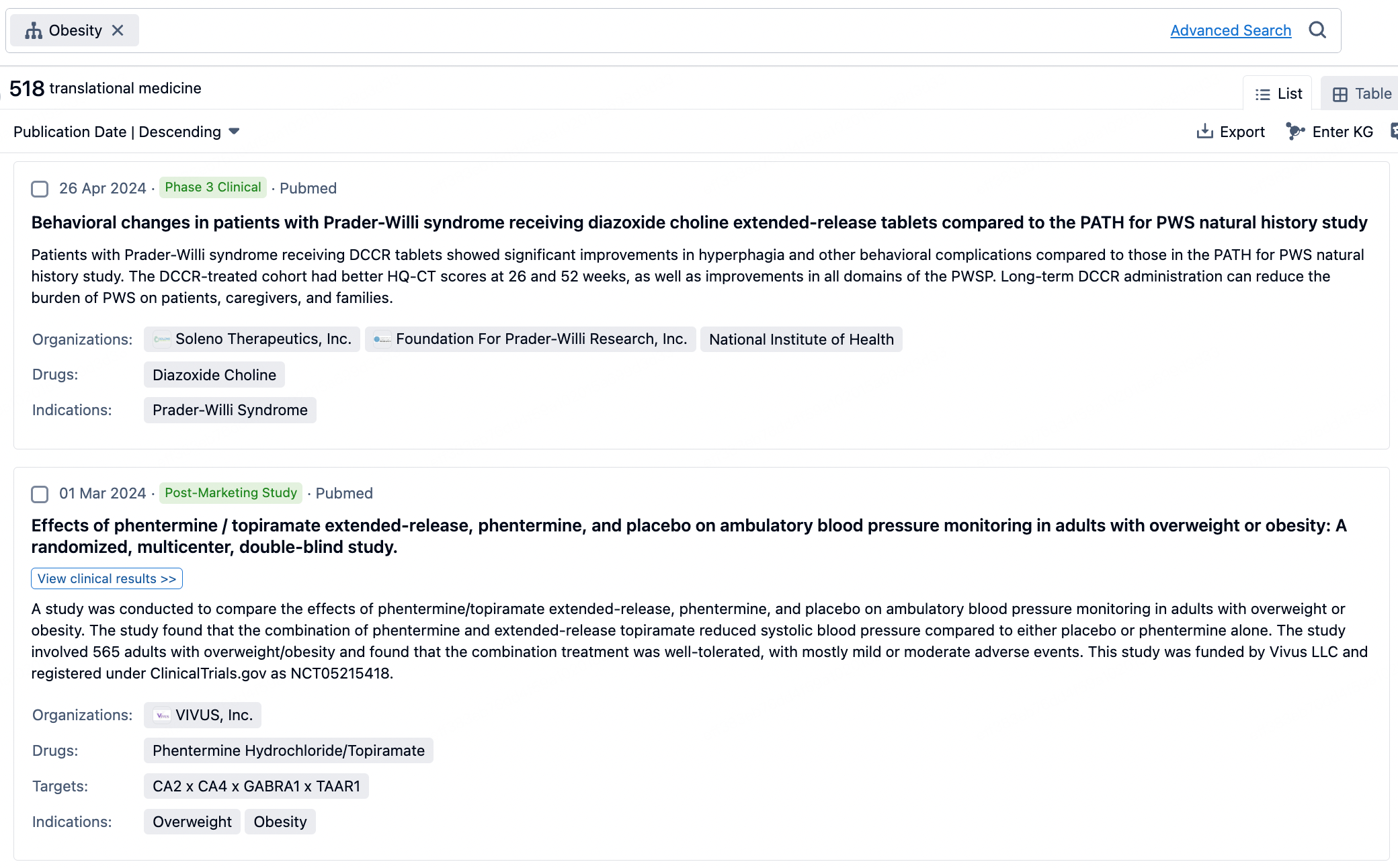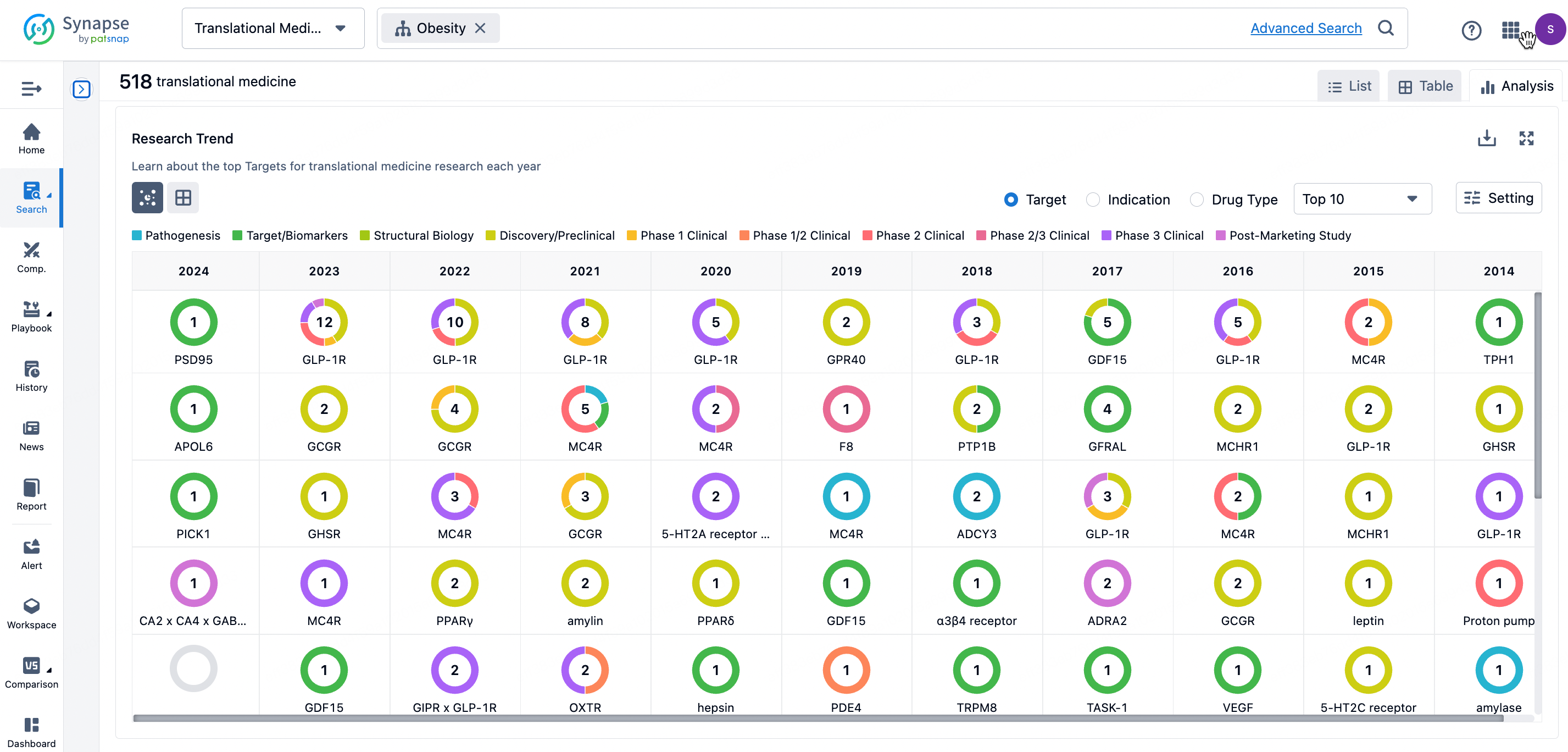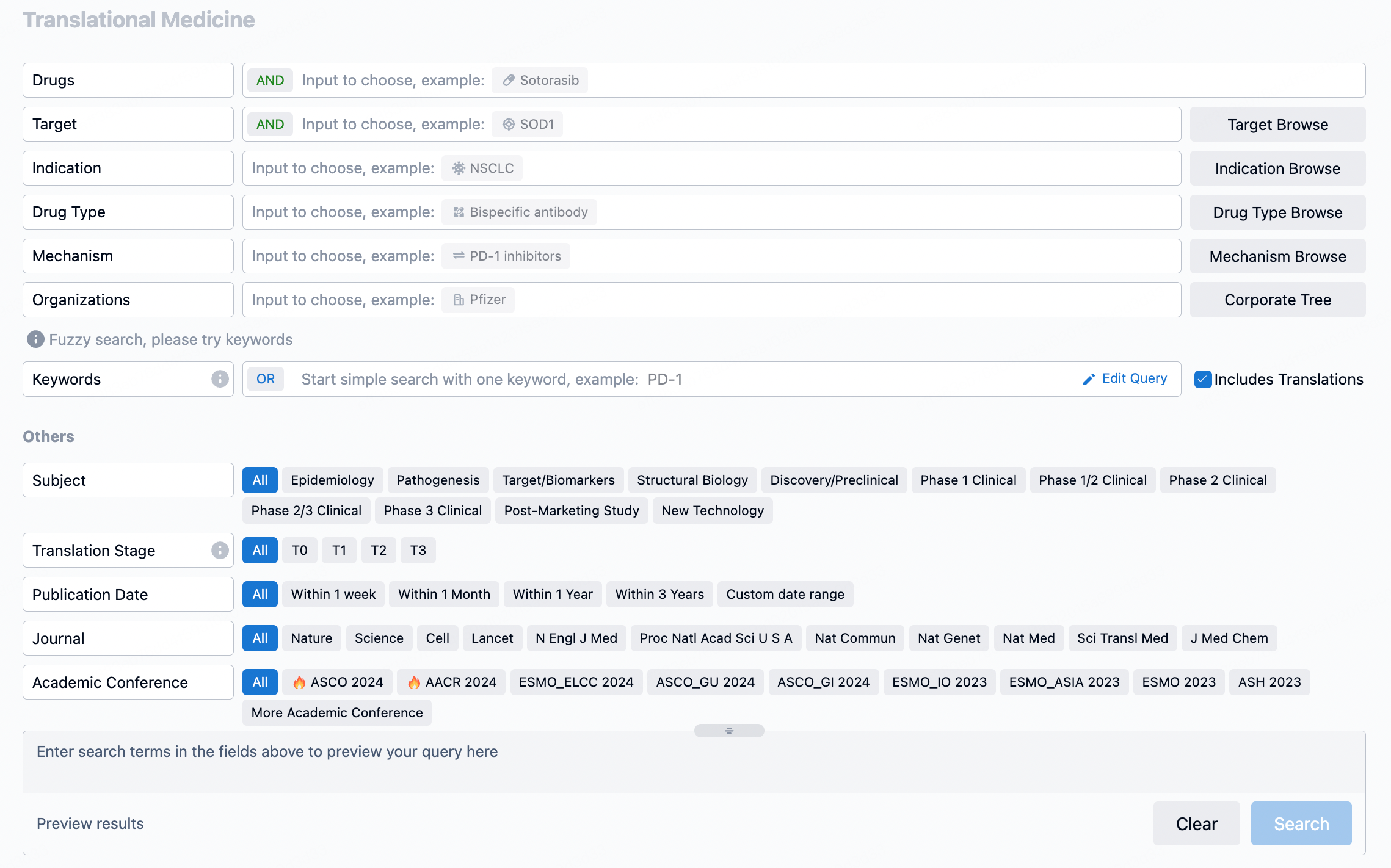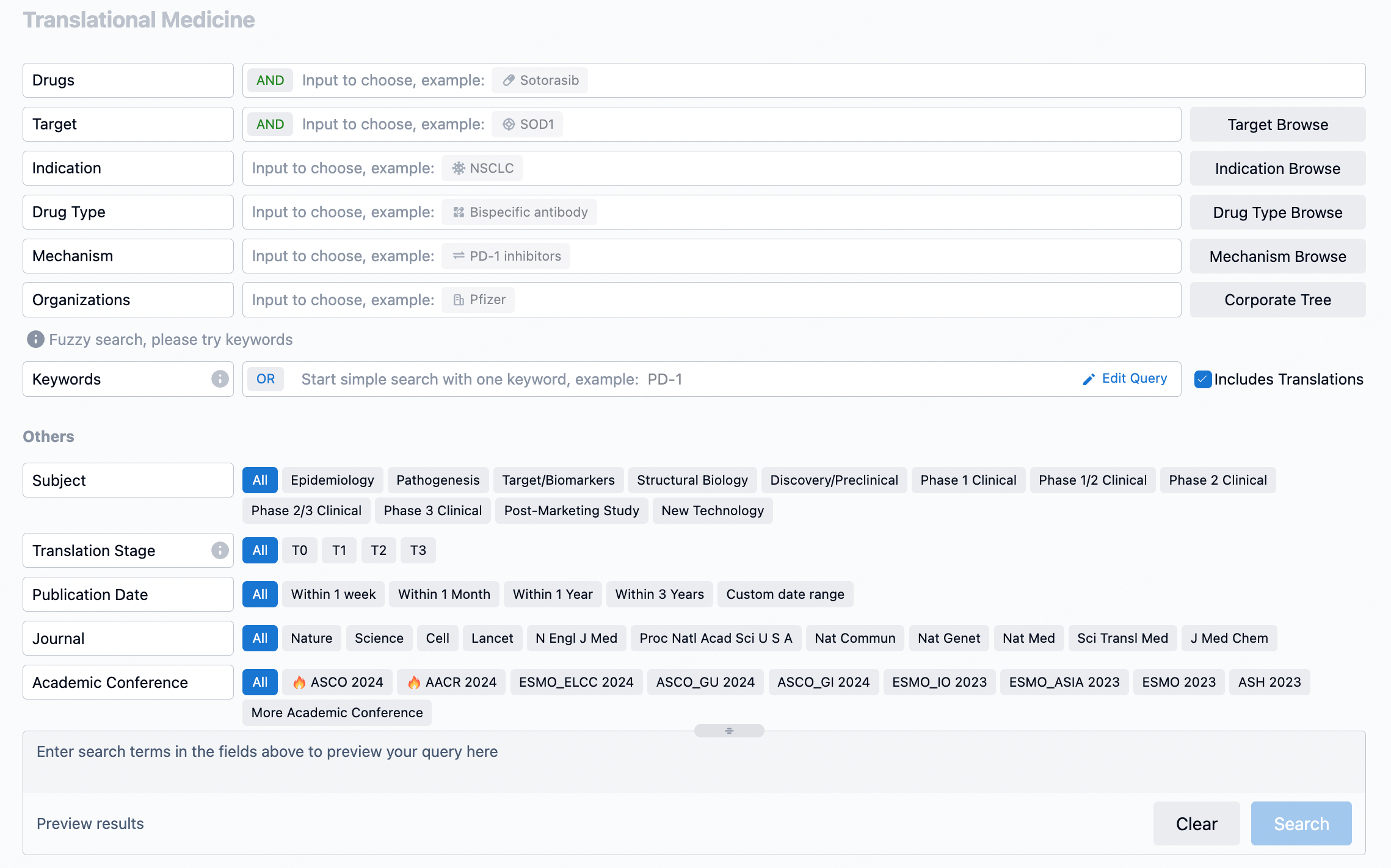EUD-GK-001: A Promising Kinase Inhibitor for Lymphoma Treatment
The methodology involved exposing lymphoma cell lines to different concentrations of EUD-GK-001 for 72 hours, followed by an MTT proliferation test to determine the IC50 values. Additionally, the cell cycle was examined in four specific cell lines after treatment with a 500 nM concentration of the compound. Mass spectrometry was used to assess baseline protein expression, while gene expression data was gathered using the Illumina HumanHT 12 Expression BeadChips.
The findings revealed that EUD-GK-001 had a median IC50 of 1.65 μM for B-cell lines and 3.75 μM for T-cell lines. Notably, five out of fourteen DLBCL cell lines showed IC50 values below 1 μM. A dose-dependent increase in cells in the sub-G0 phase was observed in GCB-DLBCL and ABC-DLBCL cell lines post-treatment.
Omics data analysis indicated that transcripts related to TNF/NFKB, inflammation, IL6/JAK/STAT3, and IL2/STAT5 pathways were enriched in sensitive cell lines, while E2F, DNA repair, and MYC pathways were more prominent in resistant ones. No significant difference in kinase-coding gene expression was found between sensitive and resistant DLBCL cell lines. However, three kinases, SRC, JAK2, and LCK, were found to be more expressed in sensitive GCB-DLBCL cell lines, with SRC emerging as a central hub associated with sensitivity to EUD-GK-001.
The study concludes that EUD-GK-001 exhibits in vitro anti-tumor activity in certain lymphoma models and warrants further investigation. The paper was presented at the Annual Meeting of the American Association for Cancer Research in 2020.
How to Use Synapse Database to Search and Analyze Translational Medicine Data?
The transational medicine section of the Synapse database supports searches based on fields such as drug, target, and indication, covering the T0-T3 stages of translation. Additionally, it offers a historical conference search function as well as filtering options, view modes, translation services, and highlights summaries, providing you with a unique search experience.
Taking obesity as an example, select "obesity" under the indication category and click search to enter the Translational Medicine results list page. By clicking on the title, you can directly navigate to the original page.

By clicking the analysis button, you can observe that GLP-1R treatment for obesity has gained significant attention over the past three years, with preclinical research still ongoing in 2023. Additionally, there are emerging potential targets, such as GDF15, among others.

Click on the image below to go directly to the Translational Medicine search interface.

